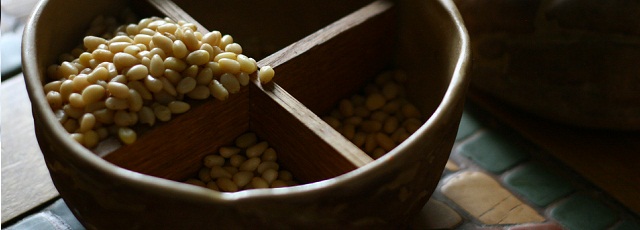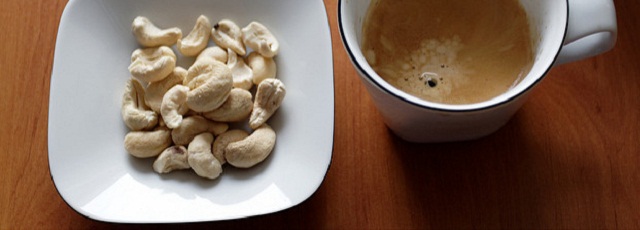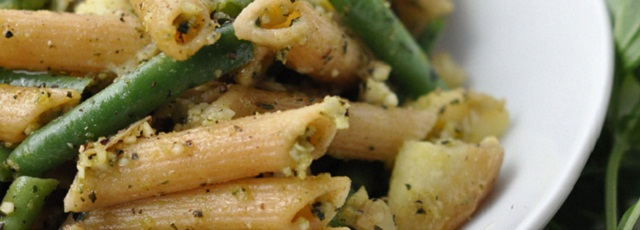There are more than 900 kinds of nuts, we know of. They are packed with good nutrition, and the Roman culture considered them to be the food of the Gods. Most of them we totally like to eat for they are above all extremely nutritious and they have got the flavor of the fall season. They are part of the many culinary traditions on different holidays such as Thanksgiving and Christmas. However, there are some culinary nuts with wonderful properties we have hardly heard of.
Cedar Nuts
The cedar of Siberia may be justly called Russia’s national tree, for it mainly grows on its territory. It is the pride and glory of Russia’s forests. The main virtue of the Siberian cedar is in its nuts. They were exported from Russia since the time of Ivan Grozni (the Terrible). Because of their delicate, penetrating, slightly balsamic oil, they are much better than almonds. From their kernels is extracted an oil, high in quality and taste, very nutritional and rich in minerals and vitamins – it often excels even olive oil.

The Drosselmeyer Nutcracker. Visit our Shop
Beech
The beech is a kind of a big forest tree, famous with its silvery, smooth bark. A beech is tall, wide-spreading, with shiny green leaves. It has got male flowers and also female flowers, which develop into sweet-flavored nuts. Those nuts provide forage for farm animals and poultry and from them, people derive edible oil. In gardens, beeches are often cultivated as a shade and ornamental trees.
Breadnut
Prolific trees found in the tropical rainforests and cultivated by many tropical cultures. Planted by the Maya civilization, the breadnut is also known as the Maya Nut. A single breadnut tree is able to bear 1,000 kg of nutritious nuts. The breadnut is easy to look after, it tolerates a lot of soil types and grows rapidly. It is a source of food for livestock ad humans. The smooth leaves are great forage for sheep, cows, and goats. The succulent, sweet fruits contain nuts rich in protein, used for the preparation of a drink similar to coffee.
Candlenut
The Polynesian culture used the candlenut for the making of torches. Its oil was cathartic, and its wood served to furnish certain parts of the canoe. In ancient Hawaii, its nuts were burned in order to provide light, and they used their time of burning, which was exactly 15 minutes as a measure of time. The oil from these nuts was employed by the Hawaiians to burn in a stone, oil lamp called Kukui hele poo (light, end of darkness).
Dika nut
It is a species of African trees, also known as wild mango, bush mango, African mango, ogbono or dika. They are cherished for their nuts, which are rich in protein. Humans eat the fruit fresh and process it into jam, juice, jelly and sometimes wine. Seeds, also called dika nuts are consumed raw or roasted. They can be used for the production of an edible oil, which is then added to cosmetics and soaps. For preservation, the nuts can be cooked into a cake called “dika bread”
Kola nut
It’s a genus of caffeine-containing nut trees of the cocoa family, cultivated mostly in the tropics of America. The tree resembles the chestnut. The nuts are hand-collected and left to dry in the sun for trading, mainly as an ingredient of medicine and soft drinks. They are locally used as a medium of exchange, and they are often chewed by laboring people as a stimulant, which balances hunger and fatigue. Chewed before meals they aid digestion. In Brazil, they are used to combat diarrhea, intoxication, and hangover.
Mongongo
The mongongo nuts are contained in the egg-shaped, velvety fruit of the Mongongo tree, which ripen between March and May of each year. The nutritious nuts are a diet in some places – for instance among the Bushmen of Africa – they have been consumed by such communities for more than 7,000 years. They are most easily stored and remain edible for most of the year. Nuts can be eaten raw or as ingredients in various dishes.
Palm Nuts
Similar to the coconut in flavor, the palm nut is used for the derivation of oil, which is often used in Central America for cooking. This oil can also be used as a biological fuel. Palm oil was discovered in an ancient Egyptian tomb dating back from 3000 BC. Since palm oil has got a lot more saturated fats than other oils; it resists oxidation and stands the deep-frying heat. So palm oil is widely used in culinary as well as in the production of soap. It apparently has got harmful effects over the cardiovascular system and it significantly enhances the risk for diseases of the heart.
Karuka
It’s one of the indigenous, edible nuts in Papua, New Guinea. Karuka nuts are important for the diet in New Guinea since they are rich in protein. In the absence of coconut and other nuts, Karuka nuts provide one of the few sources of oil in the predominantly vegetable diet of the country’s Highlanders.
Malabar Chestnut
It is also called French peanut and the money plant. It is cultivated, because of its edible nuts, which are somewhat brown, with white stripes. People say they taste much like peanuts and can be eaten cooked, raw or ground into flour for bread-making. Its flowers and leaves are also edible. The tree is durable and well adaptable, the fruit is not to be eaten. This tree is often connected with a good financial fortune in Japanese tradition.
We take indescribable passion in the taste of nuts, but more important is that most of them are significant for our healthy diet. Nuts are a rich well of vitamins and substances helpful for the body – they contain even more iron than meat. They make us beautiful by improving the state of our skin and hair and they make us smart by facilitating the condition of our brain. All nuts possess amazing healthful and gustatory properties.
Featured image copyright: Prokhor Kolosov, All right reserved, Source: Flickr



